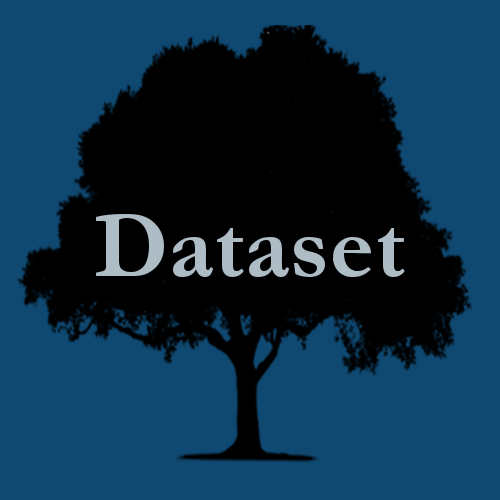Dataset Overview
These are raster maps of American black bear (Ursus americanus) scenario-simulated persistence and resistance to change throughout New England. Rasters display species spatial persistence (single-scenario) and resistance (across scenarios) as projected by the NELFP scenarios: Business-As-Usual, Connected Communities, Yankee Cosmopolitan, Go It Alone, and Growing Global. Persistence maps are binary and indicate locations where species probability of occurrence was high (p > 0.7) under current (2010) conditions and remained high (p > 0.7) under scenario projected (2060) conditions. Resistance maps isolate areas of focal species persistence across all NELFP scenarios. Resistant pixels are sub-classified according to patterns of change in occurrence probability; pixel classifications include (1) "resistant-constant", (2) "resistant-increasing", (3) "resistant-decreasing", and (4) "resistant-variable". Persistence and resistance maps were derived from species distribution models developed through expert elicitation and mixed modeling methods, and climate and landcover conditions for 2010 and 2060. For further details, please see: Pearman-Gillman SB, M. Duveneck M, Murdoch J, and Donovan T. 2020. Wildlife resistance and protection in a changing New England landscape. PLOS ONE.
- Data Collection Status
-
Data collection for this dataset is ongoing
- Start date
2016-05-01
- Data Availability
-
This dataset is not publicly available
- Preferred Citation
Schuyler Pearman-Gillman (2020) American black bear scenario projected persistence and resistance maps. FEMC. Available online at: https://www.uvm.edu/femc/data/archive/project/wildlife_resistance/dataset/american-black-bear-3
- Update Frequency
As needed
- Maintenance Plan
Not provided
- Links
-
No links available for this dataset
- Related Datasets
- Determining Dataset Similarity
- Previous Versions
-
- Version 1 - Final Version (created 2020-09-08 by Schuyler Pearman-Gillman)

